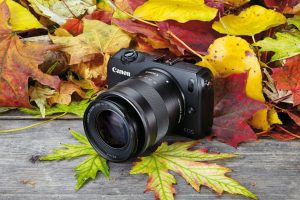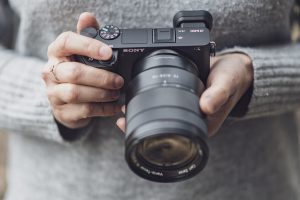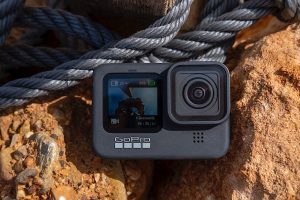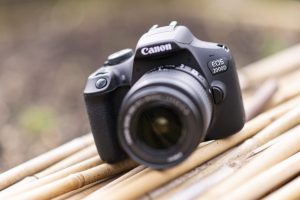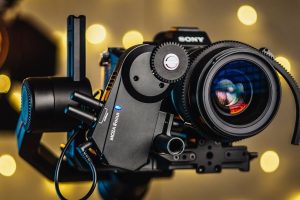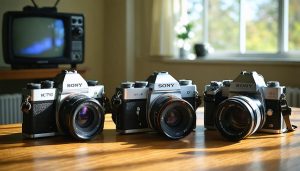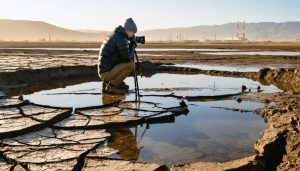Master your camera’s shutter speed settings for video by switching from fractions to frame rate multiples—shoot at 1/50th second for 25fps or 1/60th for 30fps to achieve natural motion blur that mimics what our eyes perceive. This “180-degree shutter rule” instantly separates amateur footage from professional-looking video, preventing the jarring, stuttery motion that occurs with faster shutter speeds.
Embrace continuous lighting instead of relying on strobes, since video requires constant illumination throughout the capture. LED panels offer adjustable color temperature and intensity, letting you shape light …
Why Your DSLR Still Wins at Wilderness Night Photography
Master your DSLR’s manual mode before venturing into the darkness—automatic settings will fail you when ambient light disappears and your camera struggles to find focus points. Set your aperture to its widest opening (f/2.8 or lower if possible), start with ISO 3200, and experiment with shutter speeds between 15-30 seconds for star-filled skies without trailing. Switch to manual focus using your lens’s infinity mark, then fine-tune by zooming into live view on a bright star or distant light source.
Your DSLR’s mirror mechanism and robust sensor make it ideally suited for …



